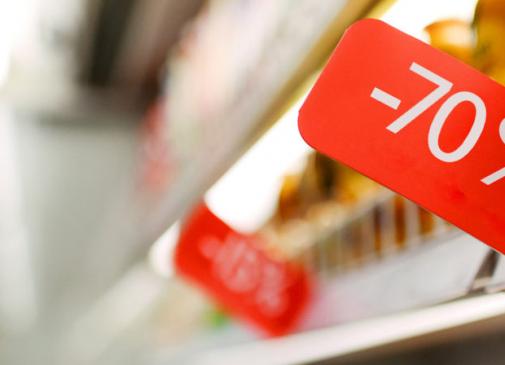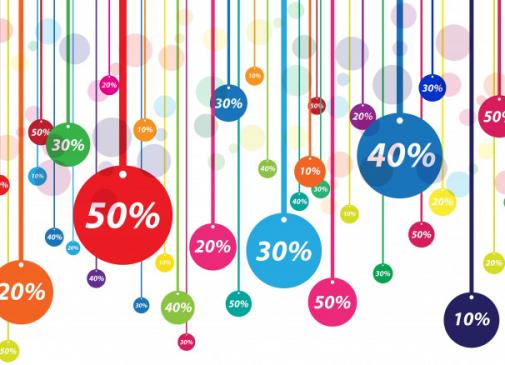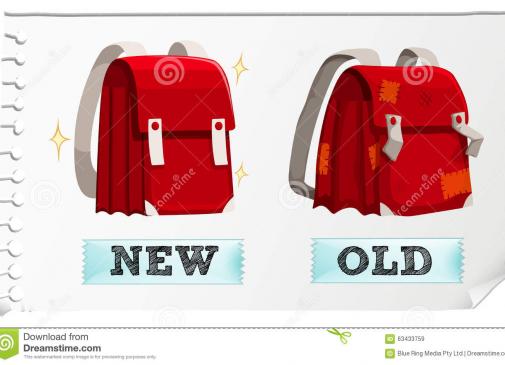According to recent studies, 29% of mobile users have made a purchase with their phones. By the end of this year, mobile commerce sales will have grown 67 percent, reaching $25.4bn. Market leaders like eBay and Amazon have already seen amazing results from their investment in mobile commerce this year, and many more are getting ready to beef up their mobile presence in order to catch up. With mobile rapidly turning into the fastest growing platform out there, smartphones and tablets are now hugely important for e-commerce both in terms of traffic and conversions. Smartphone penetration in the UK ...
According to recent studies, 29% of mobile users have made a purchase with their phones. By the end of this year, mobile commerce sales will have grown 67 percent, reaching $25.4bn. Market leaders like eBay and Amazon have already seen amazing results from their investment in mobile commerce this year, and many more are getting ready to beef up their mobile presence in order to catch up. With mobile rapidly turning into the fastest growing platform out there, smartphones and tablets are now hugely important for e-commerce both in terms of traffic and conversions. Smartphone penetration in the UK and US is now standing at respective 58 percent and 64 percent, while 34 percent of Americans and 19 percent of Brits own a tablet. Under such circumstances, websites have no choice but to adapt to accommodate the subsequent changes in consumer behaviour.
It took a few years of market development and a big surge in the number of consumers equipped with smartphones, tablets and the mobile web to shop online, but mobile commerce is currently a mainstream commerce, at least in the most developed economies such as US. Here is a bunch of useful statistics, which illustrate best the emerging trends and current tendencies in m-commerce.
M-commerce: sky is the limit
On average mobiles account for 31 percent of site traffic in the UK, according to Mobify. This compares to 47 percent in Australia, 40 percent in Brazil, 34 percent in South Korea, 31 percent in the US and just 8 percent in France. Between 2010 and 2011, mobile commerce grew by 254 percent, and by a further 300 percent between 2011 and 2012.
Tablets generate more traffic than smartphones
Data published by Adobe in May last year shows that one tablet generates as many website visits as four smartphones. By the end of Q1 2012 smartphones accounted for 6.1 percent of site visits compared to 4.3 percent on tablet. However, smartphones only maintain a greater share of website visits due to the lower penetration rate of tablets, with 5 times more smartphones shipped across North America and Western Europe compared to tablets. Figures from December show that 14.72 percent of all sales were through mobile devices (including tablets), up from 12.3 percent in November. Overall 19 percent of traffic came through mobile, up from 16.29 percent in November, with smartphones accounting for 11.11 percent. Mobile traffic converted at 4.37 percent - up from 3.89 percent in November.
Tablet's share in m-commerce on the rise
According to recent studies, 69 percent of tablet owners in UK make a purchase on their device every month. Approx. one in ten of these consumers were also happy to use their tablet for ‘big ticket’ purchases and over 20 percent of tablet users claim to shop less in bricks and mortar stores since purchasing their device. The report found that 3.9m people in the UK own one, equating to around 13 percent of households. By 2017, tablets’ share of US retail m-commerce sales will rise to 71.5%, versus 27% for smartphones.
Showrooming is booming
In October 2012, 44 percent of smartphone owners in UK performed at least one shopping activity using their device while in a high street shop. The most popular activity was taking a photo of a product (42 percent), followed by contacting (37 percent) or sending a picture (21 percent) to a friend or family member. According to analytics firm ForeSee Results, about 70 percent of consumers use a mobile phone in a retail store to research and accompany their shopping experiences. A recent study by Deloitte Digital estimated that some $159 billion in U.S. store sales were impacted by the showrooming trend. That’s about 5 percent of total 2012 sales. By 2016, that figure could hit $689 billion.
Smartphones and tablets: the ultimate buying machines
A Rackspace survey of 2,009 smartphone and tablet owners in UK found that just 40 percent of respondents make purchases using their device, meaning that there is still a huge amount of room for m-commerce to grow even among the current audience. Almost one-fifth of respondents said that mobile devices have increased their impulse purchases. 71 percent of this group said that the main reason for the increase in spending is that the process is so simple and the technology is so easy to use, while 27 percent said that the experience of shopping with smartphones and tablets is better than shopping in-store. Younger respondents were found to be more tech savvy with 62 percent of 18-34 year olds buying things on the spot today, compared to 32 percent of those aged older than 55. 27 percent of those who do not shop using their device said they were worried about security. Furthermore, 59 percent are uncomfortable with, or wary of, storing credit card details online and nearly a quarter of respondents are concerned that retailers will share their details.
Sources: http://econsultancy.com; http://www.internetretailer.com; http://blog.htc.ca; http://investing.covestor.com; Photo: http://www.flickr.com/photos/media-saturn/










